Texting by thinking In 2020, mobile phones are becoming available with the option of texting by thought power alone.* A sensor-mounted ...
http://kingofdkingz99.blogspot.com/2010/05/texting-by-thinking-in-2020-mobile.html
Texting by thinking
In 2020, mobile phones are becoming available with the option of texting by thought power alone.*
A sensor-mounted headset is worn by the user. This contains brain-machine interface technology, which analyses brain waves and converts them into digital signals.*
Some of the higher end models feature glasses or visors, with displays built into the lenses. This allows completely hands-free texting, effectively creating a form of electronic telepathy. The process is rather slow at this stage - requiring a high degree of concentration - but advances in the coming decades will revolutionise communication.

Complete organ replacements grown from stem cells
In the previous decade, it was already possible to grow individual tissues, tendons and cartilages from stem cells. By 2020, scientists have fully characterised how every part of the heart works - enabling them to grow complete replacements for use in transplants.*
The need for external donors is eliminated, and since the organ is genetically matched to the patient, there is no chance of rejection. Natural, living tissue is also far more flexible, sophisticated and efficient than artificially built components - so this new treatment offers radical hope to millions of people affected by cardiovascular disease. Until now, around 15m people have died each year from heart-related conditions.
The economic benefits are huge. A significant fraction of healthcare costs have been attributable to organ failure, the recurring treatments for chronic diseases and their subsequent complications. This new regenerative medicine effectively provides a cure, rather than ongoing treatment. Until now, direct healthcare costs of organ replacement and associated care have been $350 billion globally (about 8 percent of global healthcare spending).
As well as the heart, various other organs are developed over the subsequent decade: lungs, livers, kidneys, spleens, stomachs and sexual organs all become available by 2030. Internal organ failure is gradually becoming a thing of the past; for those who can afford the treatments, at least.
Combined with new vitrification techniques* (which allow organ banking without damage from ice crystal formation), this is a major breakthrough in longevity extension.
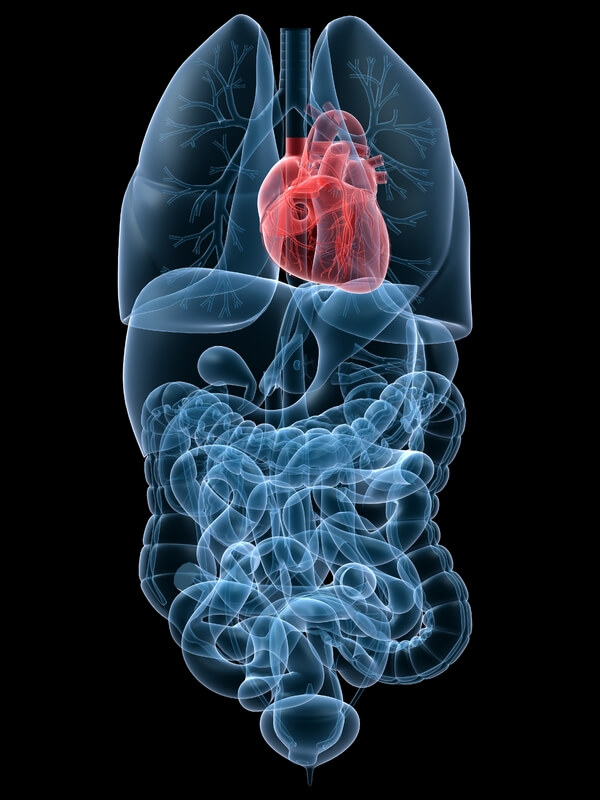
Completion of the Square Kilometre Array
Our view of the universe is greatly expanded with the completion of a major new observatory in Australia.* This is a radio telescope with a total collecting area of approximately one kilometre. It operates over a wide range of frequencies and its size makes it 50 times more sensitive than any other radio instrument. By utilising advanced processing technology, it can survey the sky more than 10,000 times faster than ever before. With receiving stations extending to a distance of 3,000 km from a concentrated central core, it continues radio astronomy’s tradition of providing the highest resolution images in all of astronomy.
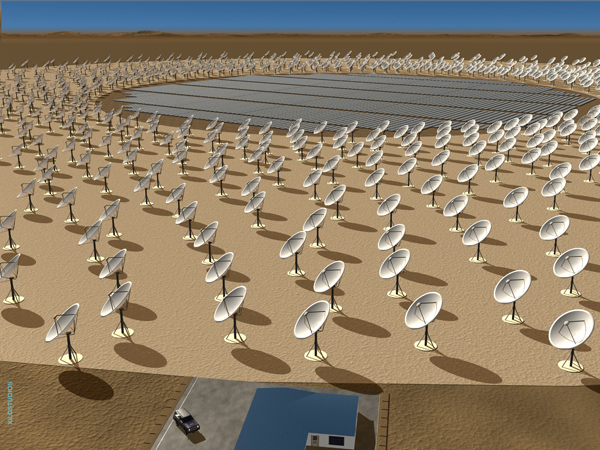
Credit: Xilostudios and ISPO
2021
"Thoughtcrime" is becoming a reality
Twenty years on from 9/11, mind readers are now a common feature of airport security, as well as sports stadiums and other high profile events. This technology faced problems to begin with, as there were false positives recorded by the machines – but recent advances in neuroscience and computer analysing software have greatly improved their accuracy.*
The system uses "non-invasive" sensors and imagers. These observe a person's emotional state, facial expression, body language, body temperature, heart rate, breathing pattern and other cues. Analysed together, these factors can determine whether they are planning to commit a crime.
Specific words, phrases and imagery within the person's brain are still years away from being fully decipherable. However, it is now possible to establish their basic, overall intentions beyond any reasonable doubt.*
This technology is also replacing the lie detectors used in courtroom settings.
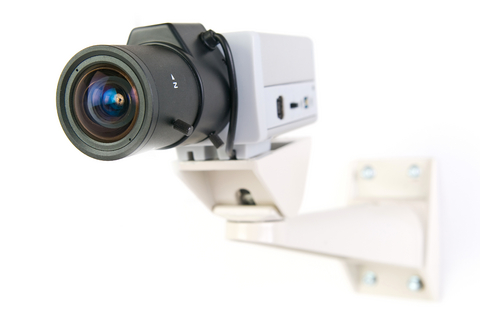
Traditional microchips are reaching the limits of miniaturisation
Semiconductor companies are reaching the limits of miniaturisation for computer chips. The smallest transistors are now being built with 11-nanometre manufacturing processes. This is close to the size of individual atoms. Silicon is impossible to scale below this size, due to the effects of quantum tunnelling.
Moore's Law - the trend which has seen computer power doubling every two years - enters a new paradigm shift, with traditional microchips abandoned in favour of "stacked" 3-dimensional circuits made from carbon nanotubes.*
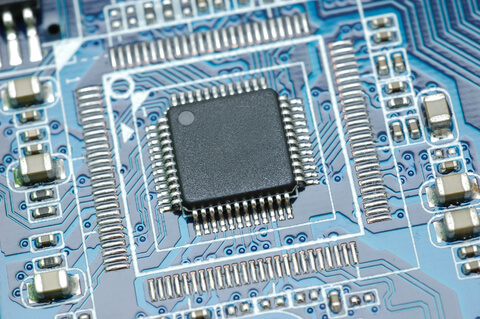
Nanotech clothing enters the mass market
A variety of nanotechnology-based clothing is becoming mainstream now. This includes truly waterproof garments. These are made from polyester fibres coated with millions of tiny silicone filaments, structured in such a way that water simply falls off.*
Other textiles utilising nanotechnology include self-cleaning carpets. Millions of tiny fingers, embedded in the fabric, can be made to gently sway and lean towards the edge of the room, shifting dust and other garbage in a matter of minutes. Collectors fixed into the skirting board can then gather and dispose of any detritus as necessary. This has already been used in hotels, luxury apartments and high-grade office buildings - but is now entering the consumer market thanks to falling costs.
Nanotech is also being used extensively by the military, as well as police forces. Ultra-lightweight but extraordinarily impact-resistant jackets and body armour are becoming available. Fireproof suits can also be made safer using these new materials.

Piezoelectric nanowires are appearing in high-end products
The piezoelectric effect, in which crystalline materials under mechanical stress produce an electric current, is now being utilised at the nanoscale level to power a variety of devices.*
Tiny vibrations - such as those created by wind, sound waves, friction, and even the turbulence of blood flow - can be captured and harnassed by a nanowire mesh. The bending of this mesh in response to these subtle forces can generate over 200 millivolts.
This form of self-powering technology is so sensitive, it can even be embedded in clothing. For instance, the subtle movements of a belt, shirt or trouser pocket can produce enough power to charge the batteries of a cell phone.
Implantable medical devices benefit particularly well from this. Hearing aids, for example, no longer require batteries since they can be powered by sound waves hitting them. Meanwhile, bone-loss monitors and other sensors can be activated by stresses to the body - then beam an alert signal to a computer.
Piezoelectric nanowires have a range of other applications. They can be used in engineering, for example, to detect microscopic fractures in an aeroplane or spacecraft. They can also be used in identity verification: a grid of piezoelectric wires underneath a signature pad (or other touchscreen device) can be used to record the pattern of pressure applied, which is then checked against a database.
Deafness is curable
Recent advances in stem cell research have provided a method of regenerating sensory cells within the inner ear. Humans are born with 30,000 cochlear and vestibular hair cells per ear. Unlike many animal species, they are unable to regenerate these when they are damaged. However, experiments with mice showed that it was possible to induce stem cells - as well as reprogrammed fibroblasts - into creating enough replacement hair cells to fully restore hearing. This process was then replicated in people.*
Using the patient's own skin as a source of stem cells means that the replacements are a perfect genetic match for their body, avoiding issues of immune rejection. This form of therapy also enables a variety of other ailments to be treated, such as balance disorders and tinnitus.
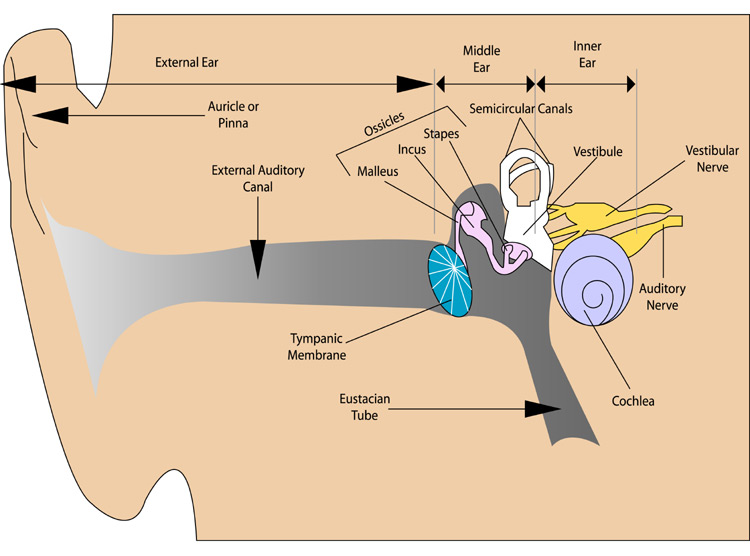
rogress with longevity extension
The potential for radical life extension is beginning to enter the public consciousness. Experiments at a university have yielded the first 10 year old mice. Since mice and humans share similar DNA, this "robust rejuvenation" is a major stepping stone towards halting the ageing process in people.*
For those under the age of 50, there is now real and genuine hope of being able to live indefinitely. Though a permanent cure for humans is still many years away, a number of therapies are now in development which can substantially reduce the cell damage, mitochondrial mutations and other adverse effects of ageing. Combined with dietary and lifestyle changes, these temporary measures can be used to buy time for the more dramatic advances in the years ahead - creating a "bridge" to the next era of scientific discovery.
This period marks the beginning of a major increase in public interest and awareness of the subject. At the same time, however, there is a great deal of opposition from religious institutions and conservative groups.
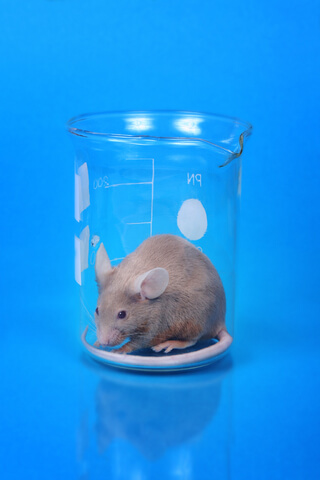
© Emilia Stasiak | Dreamstime.com
Stress and anxiety is reaching crisis levels
By now, a multitude of external factors - intruding into almost every aspect of peoples' day-to-day lives - has led to soaring levels of stress, anxiety and depression. In the early 2000s, around one in four citizens could expect to develop a form of mental illness. By the late 2020s, this has risen to almost one in three.
This is especially true of those living in high density urban centres. Rapid advances in technology and the Internet, rampant consumerism and advertising; the ever increasing work-related stresses, debts, living costs, bad diets, overcrowding and pollution - coupled with loneliness, alienation, and loss of national identity - not to mention the constant scaremongering by media and government; the intensifying problems of climate change, peak oil, and terrorism (plus a host of related security and surveillance measures), along with various health scares originating from overseas... the list goes on and on.
Due to the ongoing energy crisis, frequent blackouts are occurring in many countries during this time, while fuel shortages are commonplace at petrol stations. Meanwhile, record heatwaves and dangerous levels of air pollution are making summers unbearable in some urban areas. In Europe, right-wing nationalist governments are on the rise due to the massive amount of immigration occurring from Africa, the Middle East and elsewhere.
The combined impact of these many factors is having a serious impact on the mental health of citizens.*
Contact with the Voyager probes is lost
Voyager I is now almost 23 billion kilometers from our Sun - or 150 times the distance between the Sun and Earth.
Both probes have remained operational for nearly half a century, continuing to transmit science data back to NASA. They have left the heliosphere entirely and are now headed towards the bow shock - the boundary between the stellar wind and the interstellar medium.
However, by this date, onboard power finally starts to wane. Various instruments begin shutting down, one by one, until eventually all contact is lost.
Each probe carries a gold-plated audio-visual disc, in the event that either spacecraft is ever found by intelligent alien life. The discs carry images of Earth and its lifeforms, a range of scientific information, along with a medley, "Sounds of Earth", that includes the sounds of whales, a baby crying, waves breaking on a shore, a variety of music from different cultures and eras, plus greetings in 60 different languages.*
2026
Rising sea levels are wreaking havoc on the Maldives
At an average of just 1.5m above sea level, the Maldives is the lowest lying country on the planet. Rising sea levels are now beginning to devastate its economy, one-third of which relies on tourism.
The mere talk of a possible submersion, in previous years, had been damaging investor confidence. By this date, however, the tangible reality of global warming is leading to the wholesale abandonment of many islands.*

Credit: Shahee Ilyas
The United States of Africa is established
Following years of diplomatic negotiations, the first truly pan-African government has been formed.* This federation has a combined population of more than a billion. It consists of the 53 sovereign states on the African continent, and extends as far west as the Caribbean to include Haiti, Jamaica and the Dominican Republic.
The union is faced with major challenges - including health issues such as the AIDS epidemic and malaria; political issues such as corruption and civil wars; economic issues such as improving the standard of living of millions of impoverished, uneducated Africans; and environmental issues such as famine and desertification. However, this continental unity marks a turning point for Africa. As trade links improve, wealth and stability increases, and its constituent nations find themselves better able to market their labour, products and resources. Access to education and healthcare is being boosted by a number of technological innovations.
This transformation is a slow, gradual process - but finally there is hope for a peaceful, prosperous Africa. This situation is being mirrored in a number of other Third World countries which are beginning to extend their spheres of influence. With many First World nations facing their own economic and political crises, a more even spread of power is emerging across the globe.
Printed electronics are ubiquitous
The printed electronics market has seen exponential growth. By now, it has ballooned to over $300 billion globally - even overtaking the silicon integrated circuit industry.*
This technology began with a small number of niche, high-end products. It expanded rapidly in the 2010s, thanks to plummeting costs and improved production methods. By the 2020s it had exploded into the mainstream – creating a whole new generation of ultra-thin electronics.
Today, these have such low fabrication costs that they are ubiquitous, being present in countless everyday business and consumer applications. Many previously bulky and heavy devices can now be folded, stored or carried as easily as sheets of paper. This includes flexible TV displays that can be rolled or hung like posters, wearable mobile phones, electronic newspapers with moving pictures, disposable netbooks, "smart" packaging and labels with animated text, signage in retail outlets that can be updated shop-wide at the touch of a button.*
Multimedia players with expandable, fold-out touchscreens are especially popular. Even low-end models are now the size and weight of credit cards and can easily fit inside a wallet. With petabytes of storage, gigapixels of screen resolution and superfast transfer speeds, they are millions of times more powerful than iPods of previous decades. They are also completely wireless - no cables or physical connections of any kind are required, and music can be enjoyed using wireless earphones.
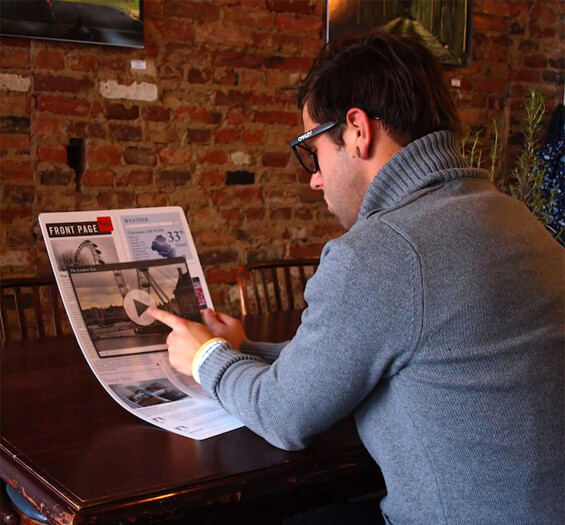
Manned fighter planes are being phased out and replaced with UAVs
By this date, the A-10 Thunderbolt II has been replaced completely by the F-35 Lightning II - which itself becomes one of the last remaining manned fighter planes in the US military. The F-35 will remain in operation until the 2040s, eventually being replaced by a new generation of unmanned aerial vehicles (UAVs) controlled by advanced AI.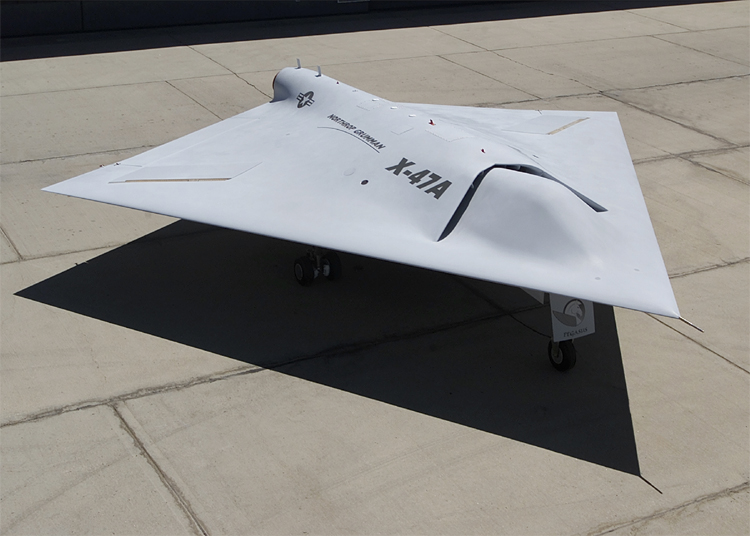
Amputees can regrow lost limbs
Drugs are now available that can stimulate human cells to regrow entire limbs.* By switching off a particular gene known as P21, adult mammalian cells can be induced to behave like regenerative embryonic stem cells.*
The treatments are applied transiently during the healing process and only locally at the wound site, which also minimises any side effects.
Further into the future, spinal cords and even damaged brains will be capable of being regenerated.*
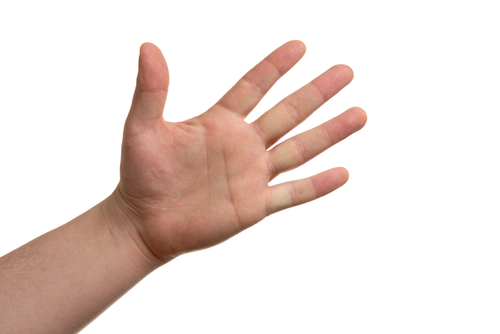
Titan Saturn System Mission (TSSM)
This is a joint NASA/ESA mission involving the exploration of Saturn and its moons. The craft is launched in 2020, and goes through a total of four gravity assists (Earth-Venus-Earth-Earth), before finally reaching Saturn in 2029.*
Detailed, close-range imaging is conducted of both Titan and Enceladus - including a flyby into Titan's lower atmosphere with a hot air balloon, just a few miles above the surface. This takes place over the equator and lasts for six months, returning a vast amount of data. Equipped with ultra-high resolution cameras, the probe reveals in stunning detail the landscapes of this strange alien world.
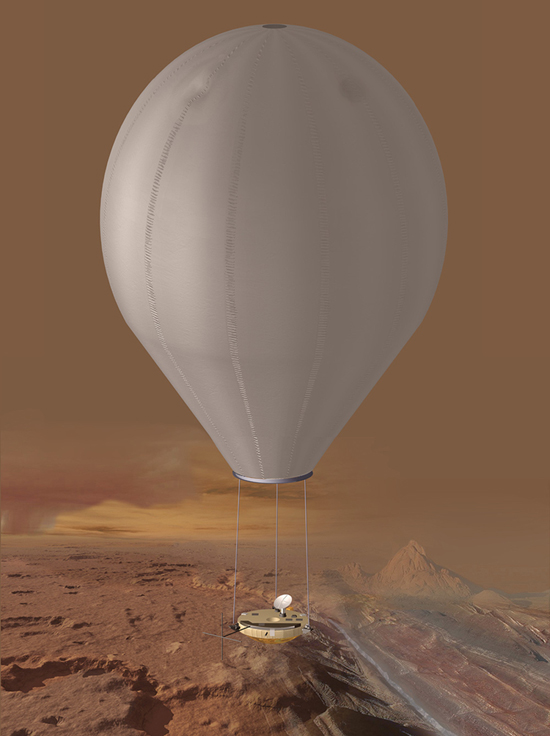
On its second Titan flyby, a surface lander is released by the orbiter. This is targeted over Kraken Mare, a northern polar sea of icy hydrocarbons. The probe descends by parachute, like the Huygens probe of 2005. A few hours later, it hits the liquid surface - becoming the first ever floating exploration of an extraterrestrial sea.
The battery-operated craft's principal function is to sample and analyze organics on the surface for a period of nine hours, including six hours of atmospheric descent and three or more hours on the surface. Both probes' data are relayed to the Titan orbiter.
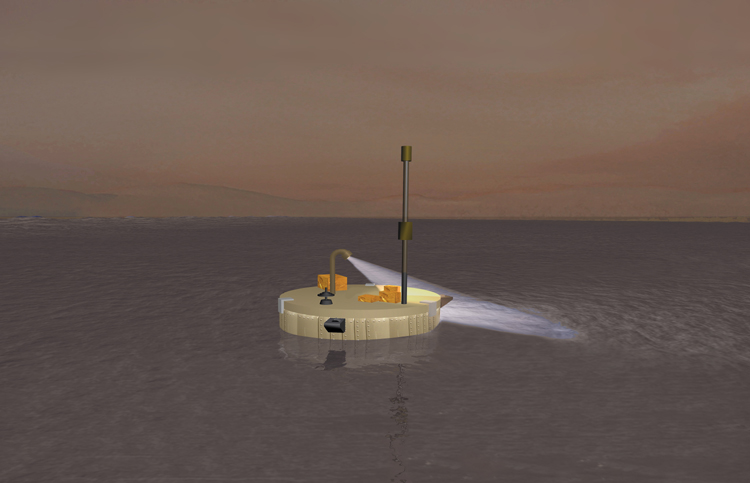
Lake Chad disappears from the map
In the 19th century, Lake Chad was among the largest lakes in the world. It supported a vast ecosystem of fish, waterfowl, crocodiles, shore birds and other animals.
Due to the combined effects of drought, irrigation and human activity, it has disappeared entirely by now.* This is having a devastating impact on Niger, Nigeria, Chad and Cameroon - with over 30 million people depending on the lake for agriculture, drinking water, livestock, fishing and other purposes.
Vast numbers of refugees are now moving to elsewhere on the continent.
Human-like AI is becoming a reality
A major milestone is reached in the field of AI research this year, as a computer passes the Turing Test for the very first time.** In a virtual reality setting, a human judge is made to engage in a natural language conversation with one human and one machine, each of which tries to appear human. The participants are placed in isolated locations.Graphics and voice effects have already progressed to the point that CGI characters are visually indistinguishable from real people. However, computer intelligence and interaction has also grown exponentially, such that the judge is now literally unable to tell the machine from the real human.*
Answers to certain "obscure" questions posed by the judge may appear slightly childlike from the AI - but they are humanlike nonetheless.*
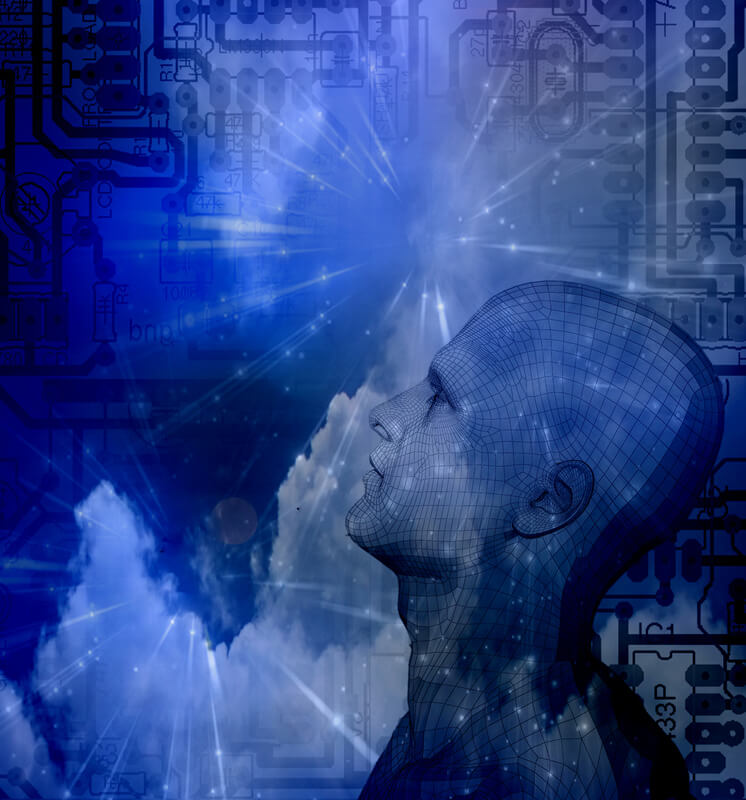


.jpg)



